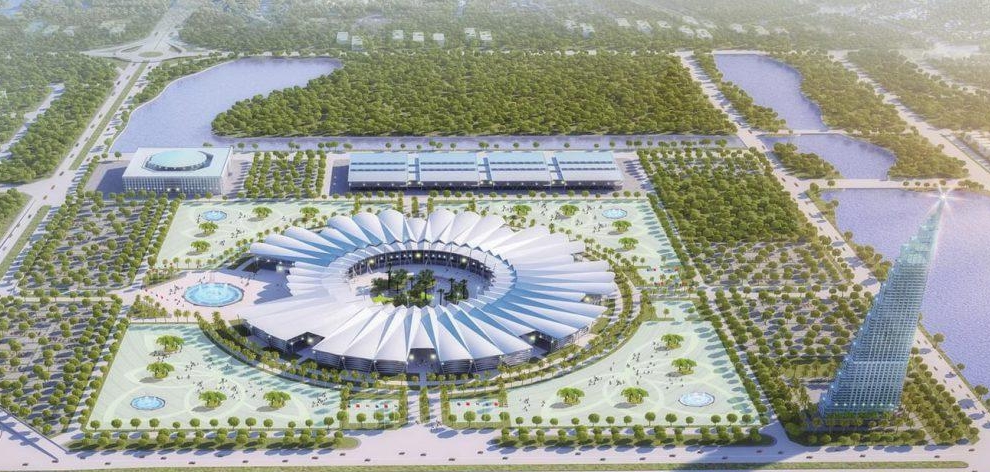Remarkable Benefits Linked to Staying Inside Green Metropolises
Remarkable Benefits Linked to Staying Inside Green Metropolises
Blog Article
The planet's inhabitants is nearly 8 8,000 million inhabitants and is ever more urbanized. The movement towards city growth is one that will persist, particularly in the face of an increasingly challenging surroundings as the atmosphere and ecological emergencies continue to transform non-urban areas and ecosystems, increasingly raising relocation.
There’s growing burden on our metropolises and urban facilities to support and support populations (both public and commercial activities). These demands are poised to intensify as electricity and food necessities are considered, alongside medical care. The global demographic of age 65 years in age and older is projected to grow from 10% in 2022 to 16 percent in 2050. An elderly society poses various policy problems including output and economic development, as well as medical care provisioning and adaptive facilities (such as homes).
Hence, in what way are capable of being sustainable metropolitan areas created under these circumstances? Goal expresses the requirement to “make urban areas and residential areas inclusive, secure, adaptable and sustainable”. The Global Bank identifies green urban areas as “robust metropolitan areas that are capable of adapt to, reduce, and foster fiscal, community, and environmental transformation”. Urban hubs need to be altered into strong and sustainable communities that help inhabitants by lowering power expenses, increasing service standards, reducing waste, providing better city environments, and generating business opportunities.
Environmentally-friendly urban areas are environments in and of themselves, being able to maintaining and cultivating locales and companies, as well as enabling nature to flourish. City development and proactive urban governance are the critical factors that grant the potential to develop these areas either through regeneration of existing cities or through the construction of newly-built cities.
Electricity and waste disposal, learning and health provision, public transportation and natural areas, adequate employment, socio-economic and cultural incorporation; and community-based food production – the chances in our cities to finance their progress are endless. It commences with strategy, understanding what makes up a resilient and autonomous neighborhood and putting in the cornerstones upon which the city can flourish.
To read more about vinhomes global gate take a look at this popular web portal: visit here